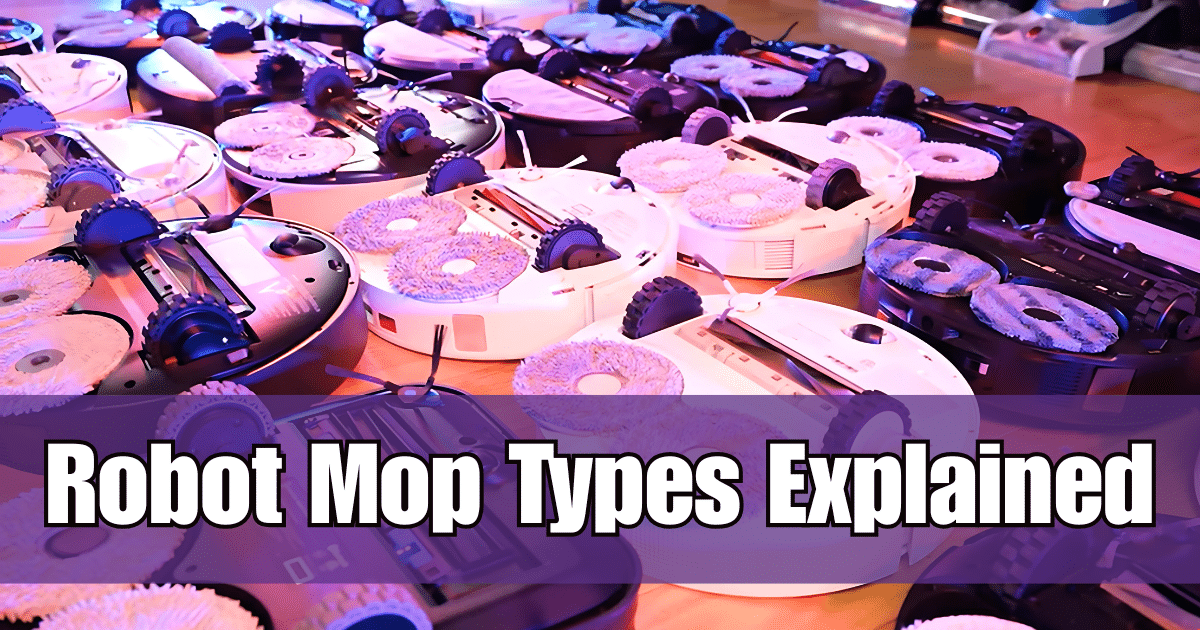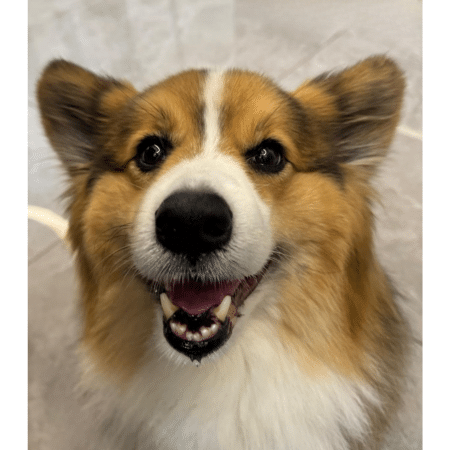Struggling to pick a robot mop? Let’s ditch the marketing hype and talk real science.
Ever feel like you need a PhD in engineering just to buy a robot vacuum? Spinning mops, vibrating pads, roller mops, 12N of pressure, 260 RPM… the buzzwords are endless. You may have been getting lost in the hype, trying to figure out what actually works versus what’s just clever marketing.
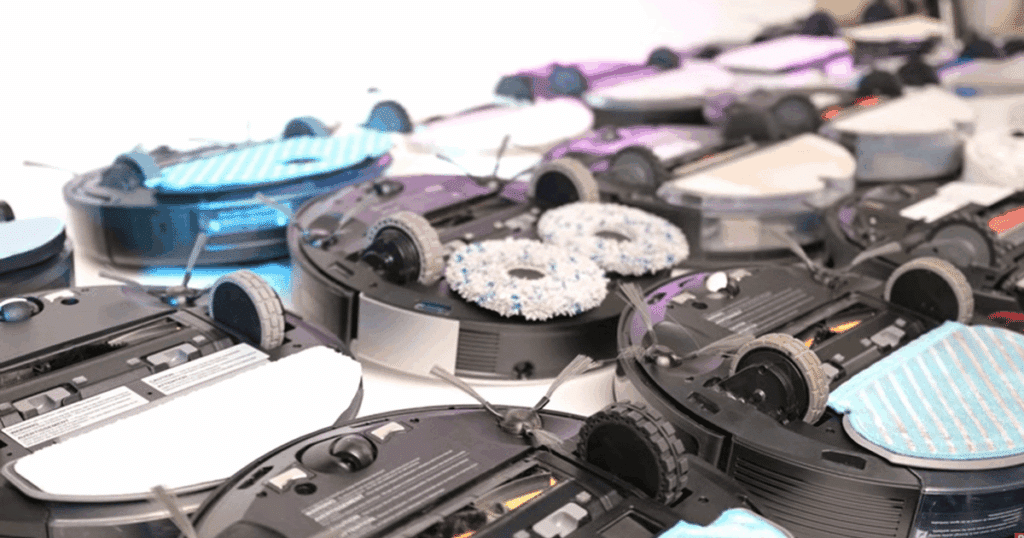
So, I went down a rabbit hole. And I found the secret decoder key to all of this: a professional cleaning framework called the Sinner’s Circle, developed in 1959 by Dr. Herbert Sinner, a German chemist. It breaks down any cleaning task into four parts: Time, Temperature, Mechanical Action, and Chemicals. Once you understand this, the strengths and weaknesses of every mop type become crystal clear.
While I haven’t owned every single one of these robots, I’ve spent an obsessive amount of time digging into the mechanics, watching tear-downs, and analyzing real-world tests to see how they stack up. Let’s get far from the shallow and dive into the deep end.
Robot Mop Cleaning Science: Sinner’s Circle (Time, Temperature, Mechanical Action, Chemicals)
Think about the dirtiest dish in your sink. You could scrub it for five minutes with cold water (tons of mechanical action), or you could let it soak in hot, soapy water for a while and wipe the grime off all in one go. That’s the Sinner’s Circle in action.
- Time: The longer a cleaner sits, the more it breaks down dirt.
- Temperature: Warmth loosens grease and grime, requiring less scrubbing.
- Mechanical Action: This is your elbow grease—scrubbing, spinning, vibrating.
- Chemicals: The soap or detergent that dissolves the mess.
If you reduce one factor, you have to increase another to get the same result. A robot mop can’t just decide to “soak” a stain for 10 minutes, so it has to make up for it with powerful mechanical action or effective use of chemicals and temperature. Let’s see how each type does.
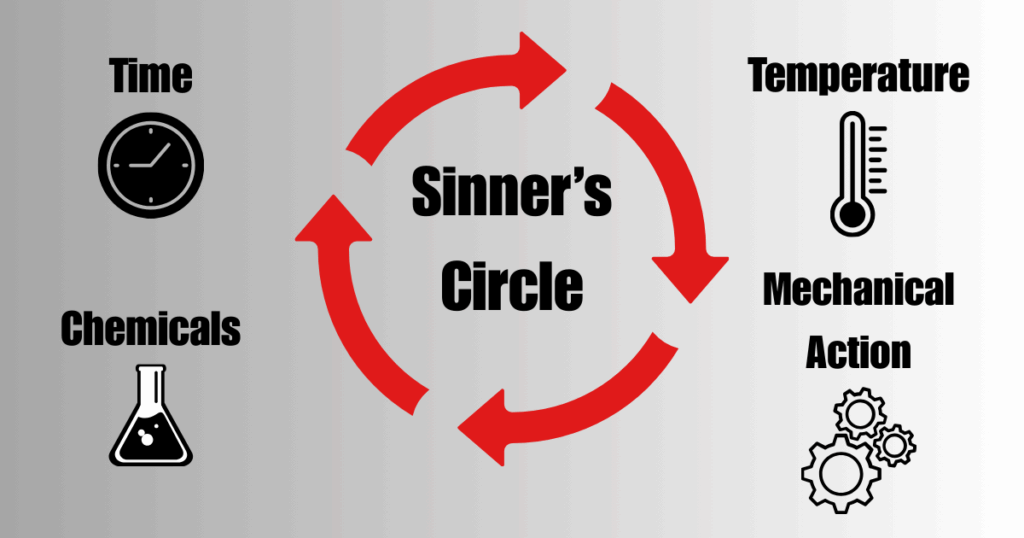
Passive Robot Mops (Drag-Pad)
This is the most basic system: a simple, damp cloth attached to the bottom of the robot. Think of it as an automated Swiffer WetJet, but often with just water.
- Temperature: Room-temperature tap water. No help there.
- Mechanical Action: Almost none. It has the weight of the robot (maybe 3-6N of force) just dragging the cloth. A Y-shaped pattern helps it get dirt inside floor crevices, but it’s not scrubbing.
- Chemicals: Usually a no-go. Most manufacturers warn against adding detergent to the simple water tanks, as it can cause clogs.
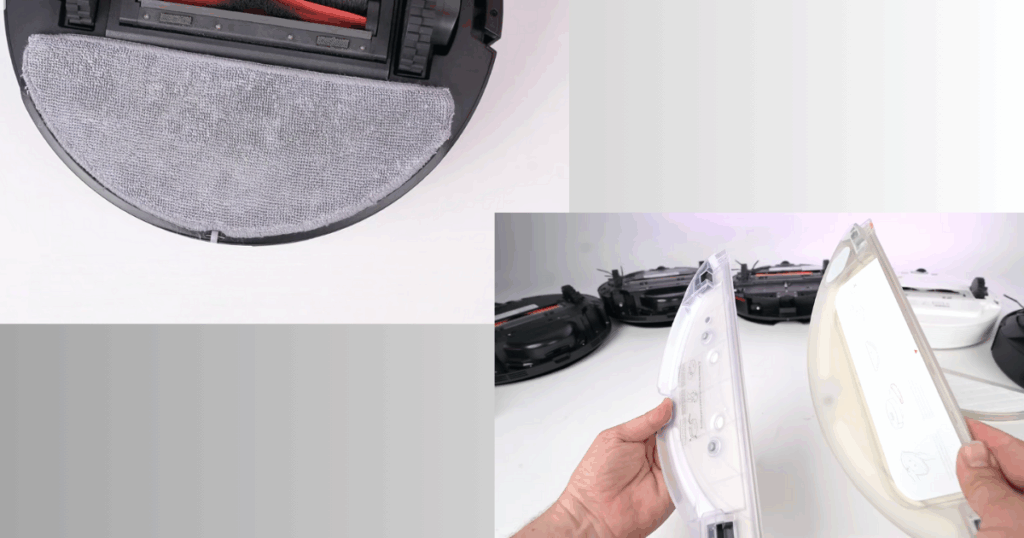
Verdict: Honestly, this isn’t really mopping. It’s dusting the floor with a damp cloth. It might pick up the finest layer of dust from your floor and floor cracks, but it won’t handle footprints, spills, or any real grime. Don’t get this if you actually want a mop.
Vibrating Robot Mops (Sonic Pads)
These look like passive mops, but they have an ultrasonic motor inside that vibrates the cleaning pad thousands of times a minute. Think of it as an electric toothbrush for your floors.
- Temperature: Typically room-temperature water, though some allow you to fill the tank with warm water (which cools down quickly).
- Mechanical Action: This is its key advantage. With up to 4,000 vibrations per minute, it creates thousands of tiny agitations to jiggle grime loose. Downward force is still light (6-8N), but the vibration does most of the work.
- Chemicals: Better. Many models with base stations now include automatic detergent dispensers.
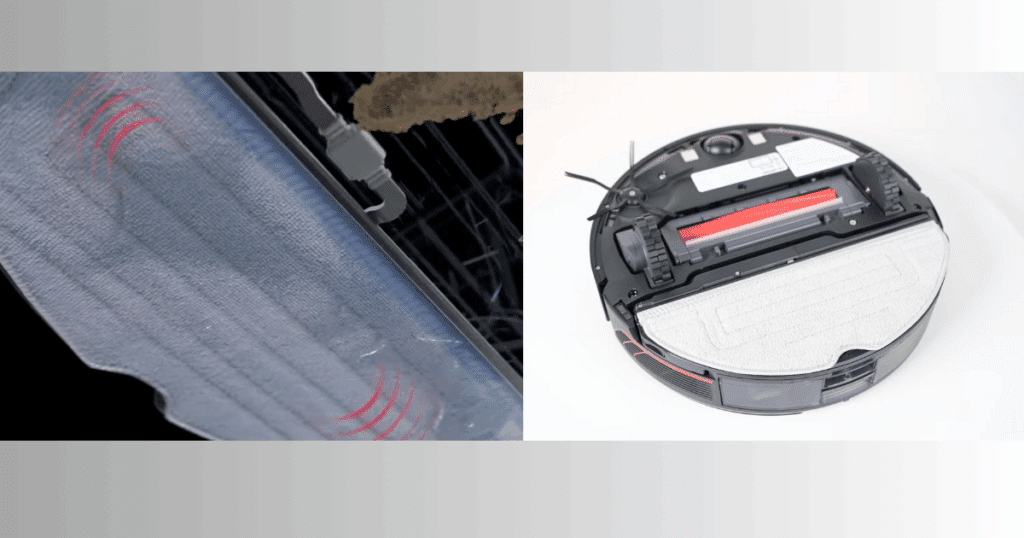
Verdict: A huge leap over passive mops. When paired with a good base station that regularly washes the pad, these can maintain a baseline level of clean in homes without heavy messes. They’re often found on mid-range robots and can be quite effective on dried-on kitchen grease or light stains.
Spinning Robot Mops (Dual Pads)
This is the most popular system in mid-range and high-end robots for a reason. Two circular pads spin rapidly while pushing down on the floor.
- Temperature: This is where things get interesting. It ranges from room-temperature water, to filling with warm water, all the way to advanced models like the X50S Ultra that use special materials to keep the pads at a consistent 38-40°C.
- Mechanical Action: Excellent. You get both downward force (6N to a heavy 12N) and high-speed rotation (up to 260 RPM). More force and higher RPM generally mean a deeper clean. The plushness of the microfiber pads also matters—thicker pads hold more water and trap more dirt.
- Chemicals: Automatic detergent mixing is common in models with high-end base stations.
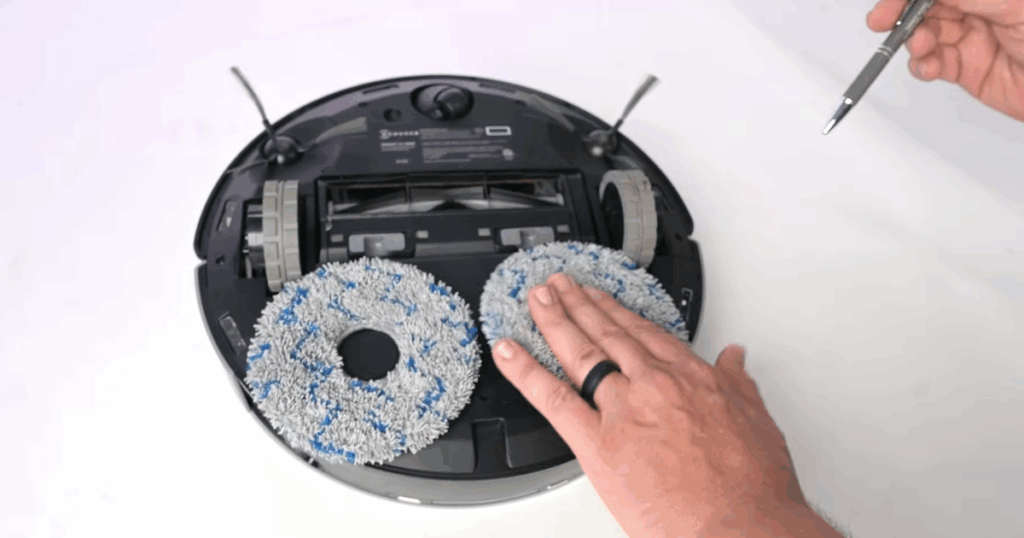
Verdict: This is the go-to for most homes. They’re great for general maintenance, tackling common dried-on stains, and are usually quieter than other active mopping systems. Their ability to extend or swing out to reach edges (a feature on Dreame, MOVA, and Narwal models) is a major advantage for getting into corners and under furniture like your fridge.
Important Caveats: Spinning & Vibrating Mops
- Spinning and vibrating mops heavily rely on the base station to clean the mops, so they’ll easily become saturated with dirt and dust over time when cleaning on a floor without the base station and will completely rely on you to bring it back to the base station so it can be cleaned.
- They do not do well with messes that can be smeared, as they generally can’t absorb too much liquid – pre-wipe wet spills before sending the robot.
Roller Robot Mops (Self-Cleaning Rollers)
This is the newest and most heavy-duty tech. Instead of a pad that gets dirty and has to return to the base, a roller mop continuously cleans itself as it mops. It wets the roller, scrubs the floor, then scrapes the dirty water and grime off into an internal dirty water tank.
This is their superpower: they don’t just spread filth around until the next rinse cycle.
Cylindrical Roller Mops
Shaped like a paint roller. Less surface area is in contact with the floor at any one time.
- Temperature: Currently, most use room temperature water.
- Mechanical Action: High downward force (9-17N) concentrated on a small area, creating intense pressure. High RPM is also crucial here.
- Chemicals: Auto-detergent mixing is standard on most roller mop robots.
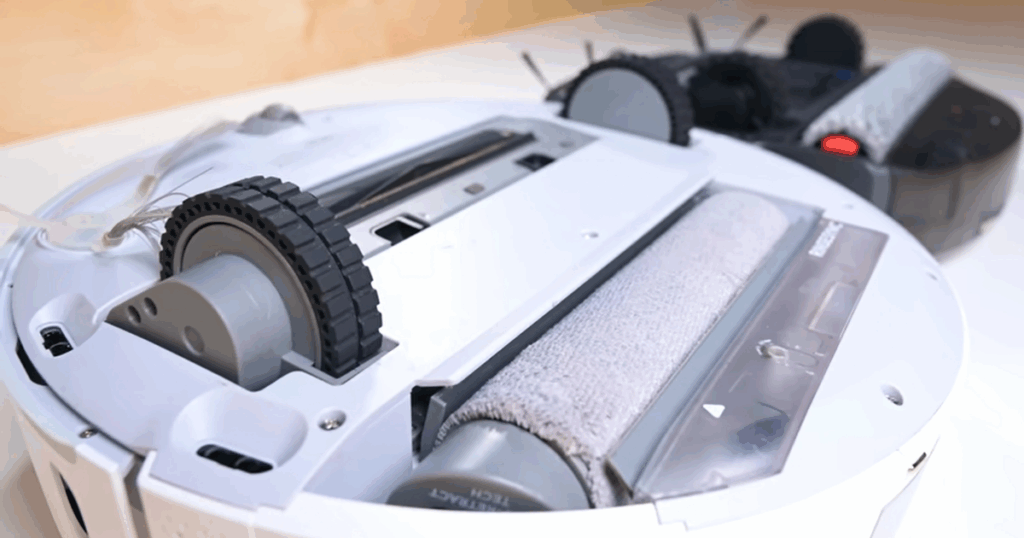
Track-Type Roller Mops
Shaped like the treads on a tank, providing a larger, continuous cleaning surface.
- Temperature: Some new models boast onboard water heaters, bringing the water up to 36-45°C right where it hits the floor. Some also fill the onboard water tank with warm water. A big win for tackling grease.
- Mechanical Action: Very high downward force (12-18N) spread over a larger contact area, combined with high RPM.
- Chemicals: Auto-detergent mixing is standard. The robot has to master a tricky balance: adding just enough water to rehydrate a stain but not so much that it soaks the floor.
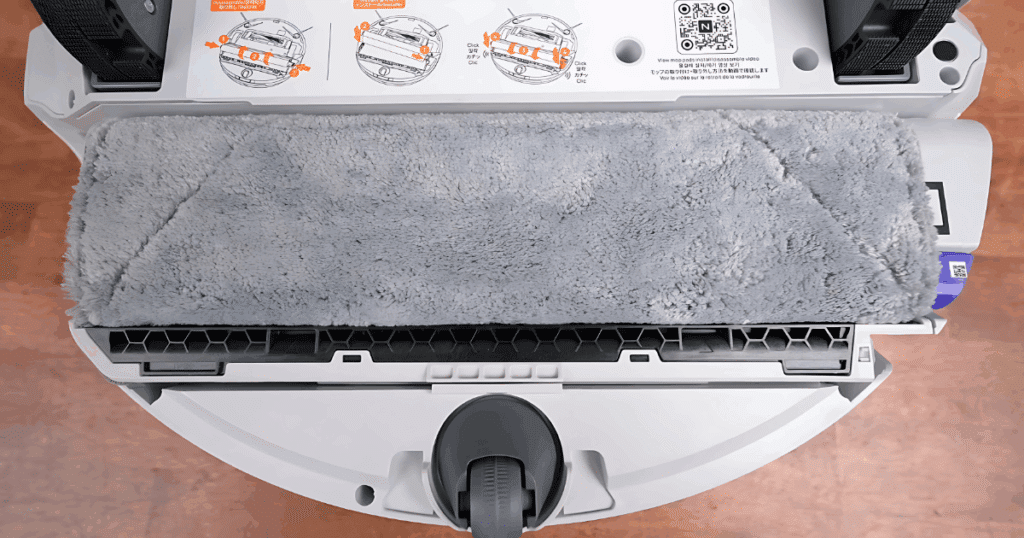
Important Caveats: Roller Mops
- Track-type rollers without covers can sometimes wet carpets, even when lifted. If you have mixed flooring, look for a model with a protective cover (cylindrical rollers often have these).
- Maintenance is more involved. You’ll have to clean the roller itself, the scraper, and the robot’s onboard dirty water tank. Fingers crossed the “full self-cleaning” tech we’re seeing on their upright siblings trickles down to robot mops soon.
- They’re louder and taller, meaning they’re not great for sneaking under very low furniture.
- The hard side cover on an extending roller mop can potentially scratch delicate furniture when extended. For this feature to be perfect, brands need to implement smart solutions like suspension for the roller, soft bumpers on the cover, and precise edge-following software.
- Unlike spinning mops, roller mops cannot get as close to the edge and corner simply because of the design limitations.
Verdict: Roller mops are the undisputed champs for tough, wet messes. If you have dogs bringing in muddy paw prints or kids spilling milk, this is the system for you. Because they manage water so precisely and self-clean on the go, they’re also ideal for moisture-sensitive floors and multi-level homes where they can’t constantly return to the base.
So, Which One Should You Get?
Get Spinning Mops if…
- You prioritize edge and corner cleaning. Mop extension/swing features are a game-changer for my home, where my dog likes to drool up to the walls.
- You want the quietest possible mopping. They are significantly quieter than vibrating or roller mops.
- Your home is relatively clean, and you’re dealing with typical dust, footprints, and kitchen grease.
- Easy maintenance is key. Popping the mop pads off and throwing them in the washing machine is dead simple.
- You need to clean under low furniture (8-9cm). Their design is typically slimmer.
Get Roller Mops if…
- Your home is prone to wet, tough messes like muddy paws or other disasters.
- You have moisture-sensitive floors (like some hardwoods) and need a mop that uses less water.
- You live in a very humid climate (like Texas or Florida) where floors can take forever to dry.
- You have a multi-level home. They can clean an entire floor effectively without needing the base station to rinse a dirty pad.
Robot Mop Types Compared: Spinning vs Vibrating vs Roller vs Passive
| Type | Best for | Strengths | Limitations | Base reliance | Maintenance |
|---|---|---|---|---|---|
| Passive (drag-pad) | Light dusting on hard floors; very clean homes | Quiet, slim, simple | Minimal scrubbing; poor on stains/footprints; usually no detergent | Low (pads don’t auto-clean) | Hand-wash pads often; avoid adding soaps to basic tanks |
| Vibrating (sonic pads) | Dried kitchen splatters; light stains; routine upkeep | High-frequency agitation; better on dried grime; some auto-detergent | Light downward force; performance drops with dirty pads | Medium–High (benefits from frequent pad washing at base) | Empty base dirty water; wash/replace pads; occasional line descaling |
| Spinning (dual pads) | Most homes; edge/corner reach; quiet mopping; low furniture | Good force + rotation; edge extension/swing; auto-detergent common | Can smear wet messes; pads saturate away from base | High (regular pad wash cycles at base help a lot) | Remove/wash pads; clean base washboard; refill solution |
| Roller (self-cleaning) | Tough wet messes (muddy paws, spills); humid areas; moisture-sensitive floors; multi-level cleaning | Self-cleans while mopping; precise water control; higher pressure; some heated water | Louder/taller; weaker edge reach; more parts; risk of carpet wetting on uncovered track rollers | Low–Medium (less dependent on base rinses) | Clean roller, scraper, and internal dirty-water tank; check covers/bumpers |
TL;DR: Best Robot Mop for You
- Passive Mops: Don’t bother. It’s just damp dusting.
- Spinning & Vibrating Mops: Fantastic all-rounders for 90% of homes. They keep things consistently clean, are easy to maintain, and are great for getting into tight spaces. If your home is generally tidy, this is probably all you need.
- Roller Mops: The heavy-duty specialists. They excel at tough messes (muddy paw prints, anyone?) and multi-level cleaning, but require more hands-on maintenance and are less suited for low-clearance areas.
Summary: Best Robot Mop for Your Home
We hope this helped you understand which kind of robot mop is best suited for your home. Choose by mess profile, not buzzwords. Using Sinner’s Circle: for most homes, spinning or vibrating mops are the best balance—spinning reaches edges, vibrating helps with light dried stains. If you regularly face wet, stubborn messes or have moisture-sensitive floors, go roller for higher pressure and precise water control (with more noise/maintenance). Passive drag-pads are basically damp dusting. Confirm fit on mess type, flooring, base access, clearance/noise, and maintenance.
Frequently Asked Questions
What is Sinner’s Circle and why does it matter for robot mops?
It’s a cleaning framework—Time, Temperature, Mechanical Action, Chemicals. Robot mops can’t “soak” stains for long, so they must compensate with agitation (spinning/vibrating/roller pressure), heat, or detergent. Understanding these levers explains why some mop types clean better in certain homes.
Which robot mop type is best for most homes?
Usually spinning or vibrating mops. Spinning pads add better edge/corner reach and run quietly; vibrating pads help with light dried-on stains. Both benefit from a base that washes pads to keep performance consistent and are typically slim enough for low furniture.
When should I choose a roller robot mop?
Pick roller (self-cleaning) if you face wet, stubborn messes (muddy paws, spills), live in humid climates, or have moisture-sensitive floors. Rollers apply higher pressure and control water precisely, often cleaning the roller as they go. Trade-offs: louder, taller, more maintenance, and weaker edge reach; ensure carpet protection on track-type rollers.
Do passive (drag-pad) robot mops work?
They’re mostly damp dusting—fine for a light film of dust but not for footprints or sticky grime. Minimal scrubbing, usually no detergent, and limited stain removal.
Do I need detergent or heated water—and are robot mops safe for hardwood?
Detergent helps, especially on grease; some models allow warm/heated water. Always follow the manufacturer’s guidance. For hardwood/moisture-sensitive floors, roller mops’ precise water control can be safer; avoid excess water and use carpet-lift/avoidance features as needed.
